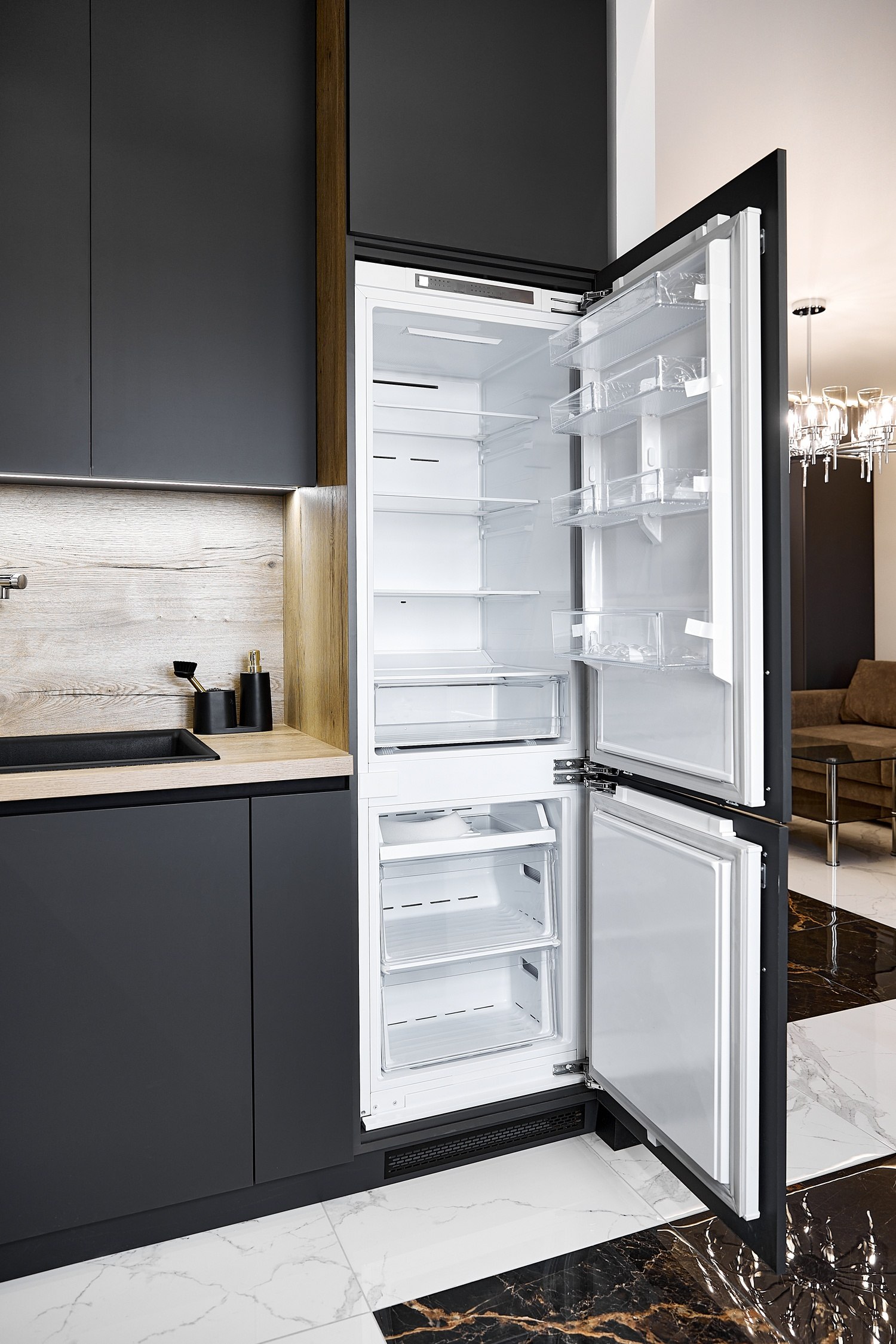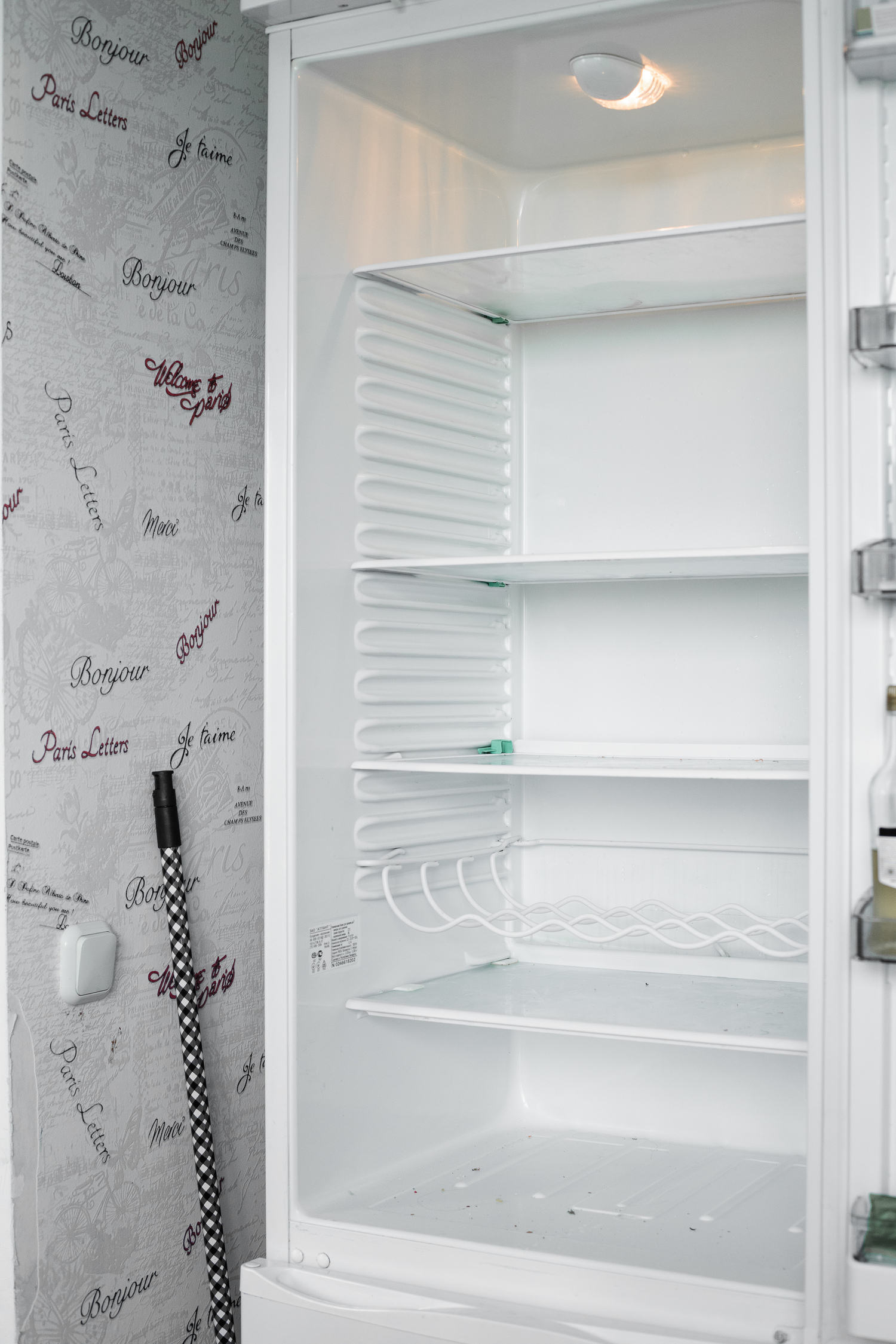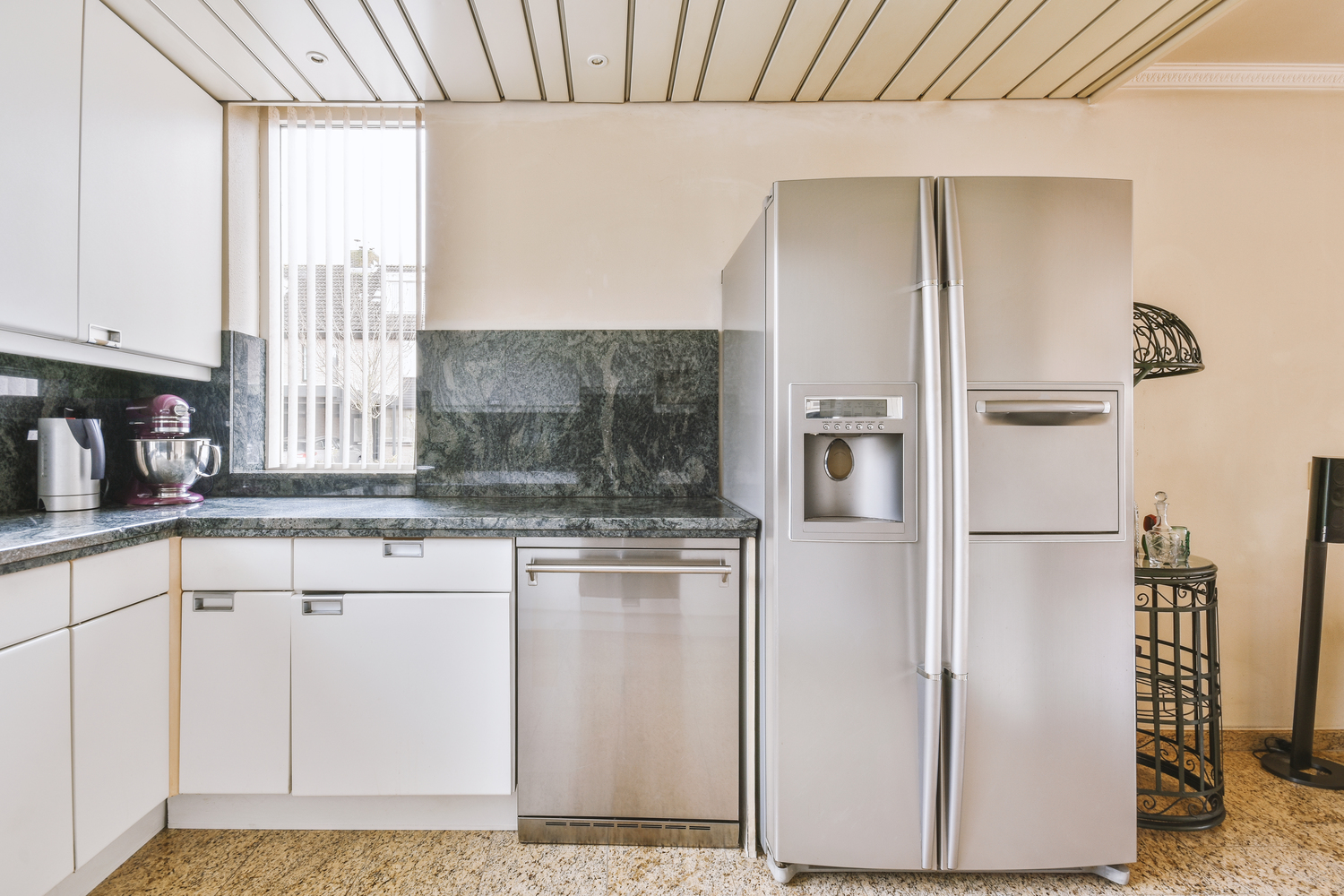Soundproof your refrigerator and freezer – How to reduce noise and create a quieter home environment
Soundproofing and sound dampening a refrigerator and freezer can make a big difference to the comfort of your home, especially in open-plan and smaller homes where background noise is more noticeable. Compressors, fans, and refrigerant flows can generate constant and disturbing noise that affects the home environment. By taking the right measures, you can significantly reduce the noise level and create a more harmonious atmosphere.
Here we go through the best methods for soundproofing refrigerators and freezers, which materials work best, and how you can optimize the placement of your appliances to reduce noise.
Why do refrigerators and freezers make noise?
The noise from a refrigerator or freezer can come from several sources, but the most common are:
Vibration noise
Occurs when the compressor is running and the vibrations spread through the floor and walls.
Airborne noise
Generated by the fan and refrigerant flow, which spreads sound waves through the room.
Sound reflections
If the refrigerator or freezer is close to a wall, the sound may be amplified when it is reflected.
Uneven placement
If the appliance is not completely level, it may vibrate more than necessary.
To reduce these disturbances, you need to combine sound insulation, vibration damping, and sound-absorbing materials.
When should you consider a new, quieter refrigerator and freezer? If you have tried all sound-dampening measures but still experience disturbing noises, it may be worth considering investing in a new, quieter model. Modern refrigerators and freezers are often:
- Better soundproofed than older models.
- Equipped with quiet compressors and fans.
- More efficient, which means they don't have to work as hard to maintain a stable temperature.
If your refrigerator or freezer is old and noisy, a new model can be a long-term solution that both reduces noise and saves energy.
How to soundproof your refrigerator and freezer
Soundproofing your refrigerator and freezer is an effective way to reduce noise and improve the acoustic environment in your home. The most effective solutions include:
- Dampen vibrations by placing rubber mats or vibration-absorbing feet under the appliance.
- Optimize placement by creating an air gap between the refrigerator and the wall to reduce sound reflections.
- Insulate the back and sides with sound-absorbing material without disrupting airflow.
- Maintain and clean the fan to avoid extra noise.
- Consider a quieter model if the noise is constant and disruptive.








